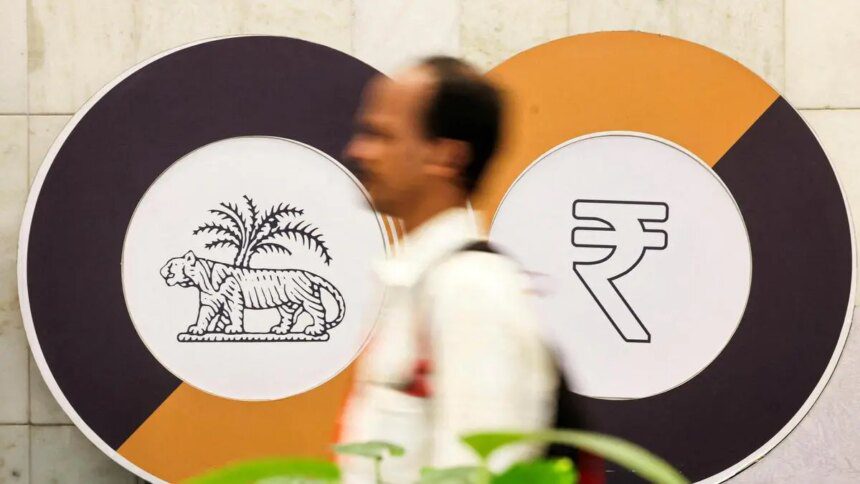The Indian rupee strengthened on Tuesday, likely due to early interventions from the central bank, mirroring the Reserve Bank of India’s decisive actions in October that had previously helped stabilize the currency from near record lows. After lingering close to its all-time low of 88.80 for three consecutive sessions, the rupee rose to 88.42, marking a 0.4 percent increase. It was last quoted at 88.5850.
According to traders, the central bank intervened before the local spot market opened, and this move was amplified by thin market liquidity. A trader from a Mumbai-based bank noted that the intervention had a significant impact due to these conditions.
Dhiraj Nim, an economist and FX strategist at ANZ, remarked that the intervention appears to be a continuation of the RBI’s strategy to counteract market expectations for a weaker rupee. He emphasized that “nothing fundamentally has deteriorated in India’s economic outlook to warrant continued weakness in the currency,” indicating that the central bank is likely to defend the 89 level until clearer outcomes emerge from U.S.-India trade negotiations.
Despite ongoing discussions between Indian officials and Washington, uncertainty surrounding the negotiations has negatively affected the rupee, which has depreciated 3.5 percent year-to-date and 5 percent since U.S. President Donald Trump took office last year.
In the broader context, the dollar index remained near a three-month high, bolstered by a reduction in expectations for rate cuts by the U.S. Federal Reserve, while most Asian currencies weakened. Additionally, benchmark equity indexes, including the BSE Sensex and Nifty 50, both declined by 0.2 percent, reflecting a downturn in regional markets.
Published on November 4, 2025.










